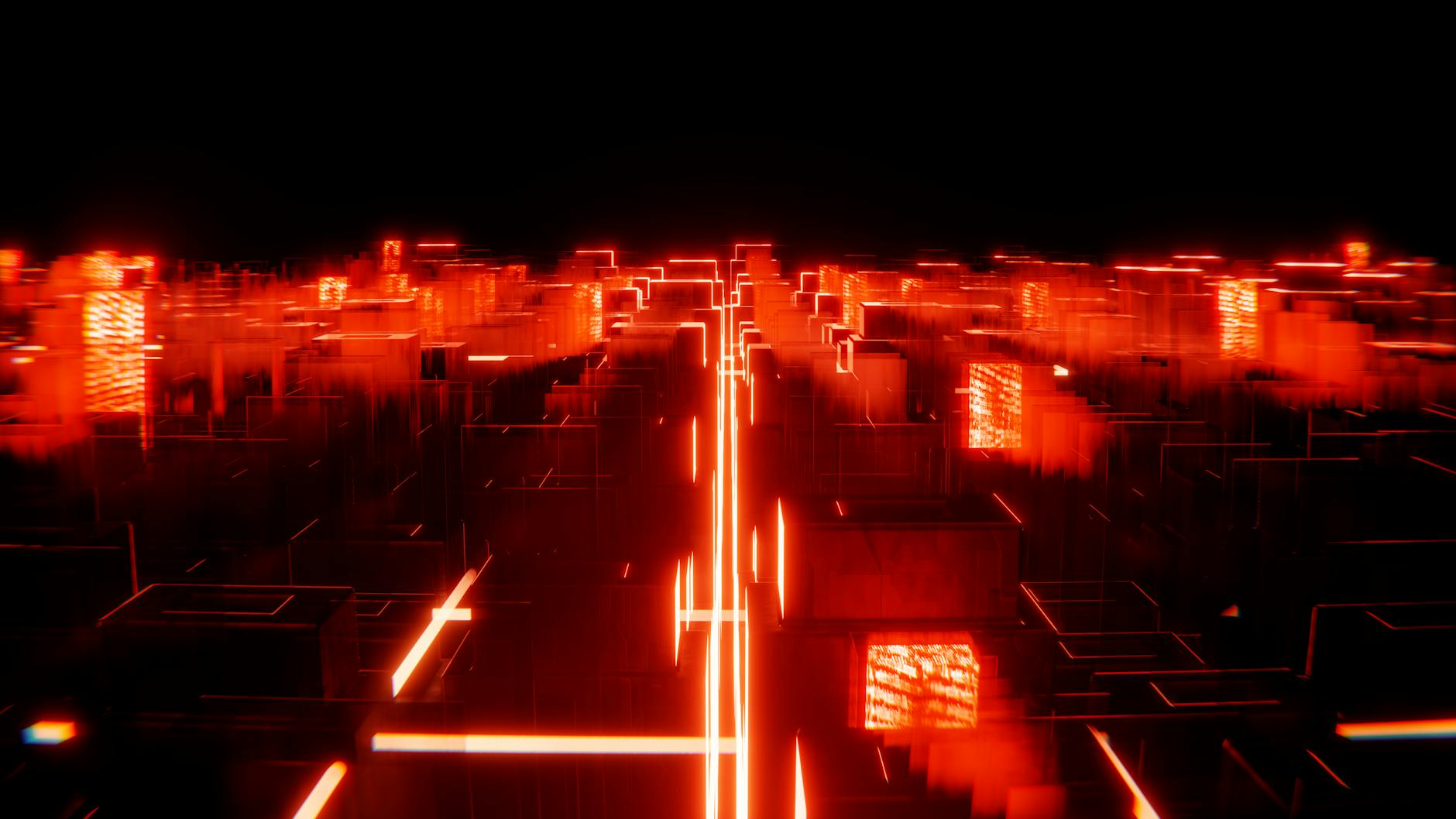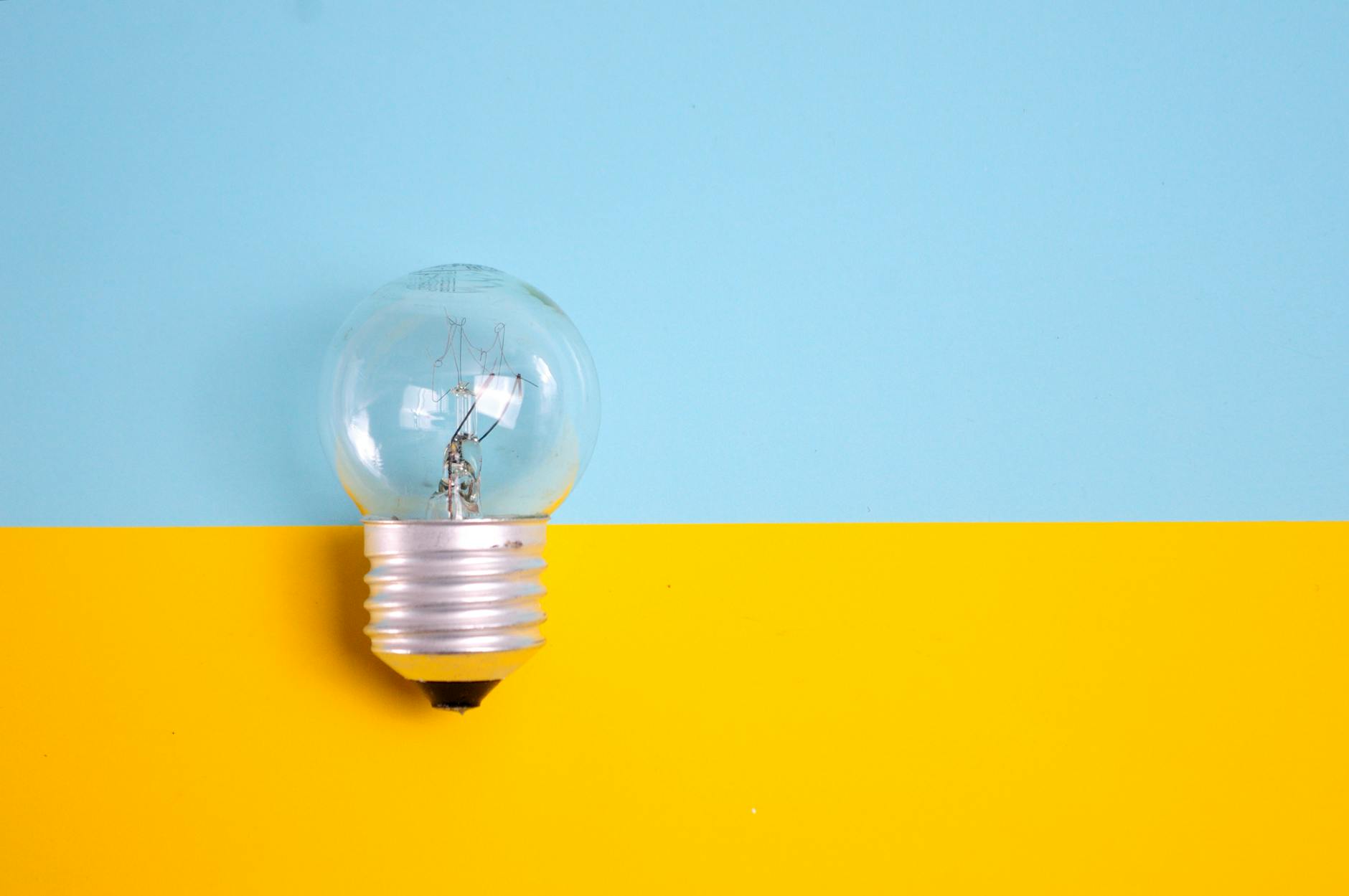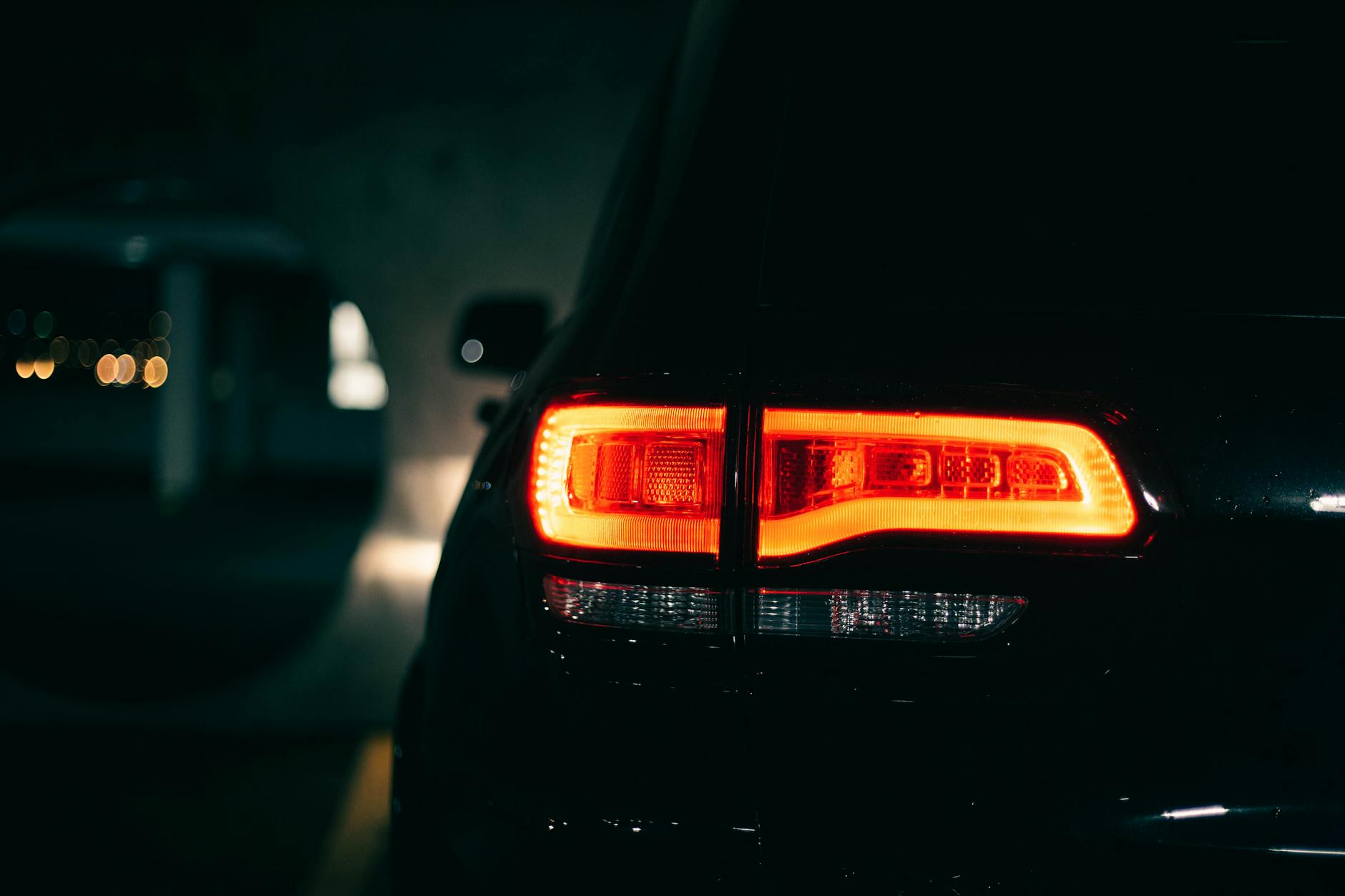Introduction to the World of LED Technology
While all light bulbs emit light, the technology behind them can significantly affect their efficiency, color, lifespan, and even health impact. LED, or Light Emitting Diode, technology stands out from the crowd for its energy efficiency and durability. But what makes LED technology different, and why is it considered superior to traditional lighting solutions? This deep dive into LED technology will illuminate the specifics, demonstrating that not all light is created equal.
The Basics of LED Technology
At the heart of LED technology is a semiconductor that emits light when an electric current passes through it. Unlike incandescent bulbs which produce light by heating a wire filament, LEDs generate light through electroluminescence. This fundamental difference is what gives LEDs their superior efficiency and lifespan.
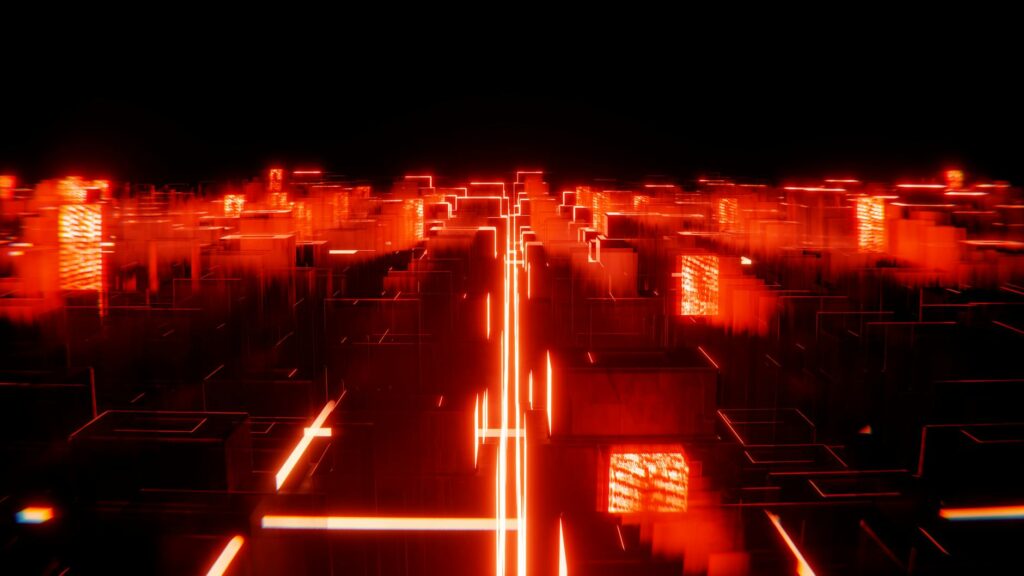
Key Advantages of LED Lighting
LEDs offer numerous benefits over traditional lighting solutions, including higher energy efficiency, longer lifespan, improved environmental performance, and better light quality. This section will explore how these advantages make LEDs a smart choice for both consumers and businesses.
Understanding Color Temperature
Color temperature is a crucial aspect of lighting that affects how we perceive light. Measured in Kelvin (K), it influences the mood and ambiance of a space. LEDs offer a wide range of color temperatures, making them versatile for different settings.
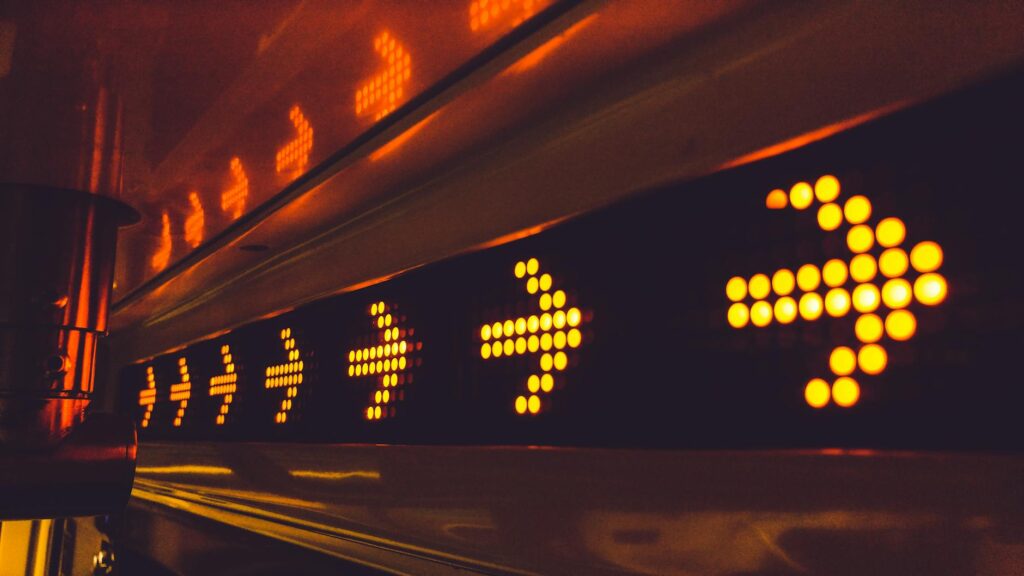
The Impact of CRI in LED Lighting
Color Rendering Index (CRI) measures a light source’s ability to reveal the colors of objects faithfully in comparison to a natural light source. High CRI LEDs provide more vibrant and true-to-life colors, enhancing the visual experience in any environment.
How LEDs Contribute to Energy Savings
LEDs consume a fraction of the energy used by incandescent and halogen bulbs, leading to significant energy savings and reduced carbon emissions. This section will detail how the efficiency of LED lighting translates into lower utility bills and a smaller carbon footprint.
The Durability of LED Lights
LEDs are incredibly durable, resistant to shocks, vibrations, and external impacts. This makes them ideal for a wide range of applications, from industrial settings to outdoor lighting.
LEDs and Their Environmental Impact
One of the most compelling reasons to switch to LED lighting is its minimal environmental impact. LEDs contain no harmful substances, such as mercury, and their long lifespan means less waste going to landfills.
Cost-Effectiveness of LED Lighting
While LEDs have a higher upfront cost, their long-term savings on energy bills and replacement costs make them more cost-effective over time. This section will provide a comparative analysis to highlight the economic benefits of LEDs.
Understanding the Different Types of LEDs
There are various types of LEDs, each suited for different applications. This includes high-power LEDs, mini LEDs, and OLEDs. Understanding these types can help you make better lighting decisions for your specific needs.
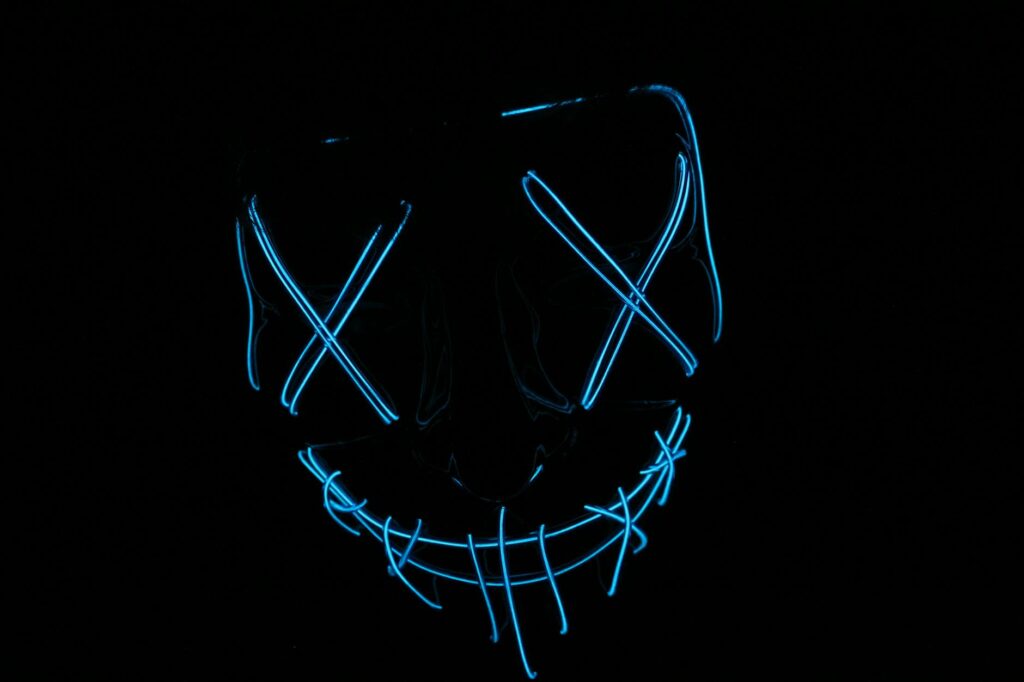
Innovations in LED Technology
The field of LED technology is constantly evolving, with new innovations improving efficiency, light quality, and application possibilities. This section will explore some of the latest advancements in LED technology.
Health Benefits of LED Lighting
LED lighting has been shown to have several health benefits, including reduced eye strain and improved sleep patterns. This is due to the adjustable color temperatures and reduced flicker rates of LEDs.
Applications of LED Lighting
LED lighting is incredibly versatile, with applications ranging from residential and commercial lighting to artistic installations and automotive headlights. This section will showcase the broad range of uses for LED technology.
How to Choose the Right LED Lighting
Choosing the right LED lighting can be challenging with so many options available. This section will provide tips on selecting the best LEDs for your needs, considering factors like color temperature, CRI, and lumens.
Integrating LEDs into Smart Home Systems
LEDs easily integrate with smart home systems, allowing for automated control and customization. This increases both the convenience and energy efficiency of LED lighting.
The Future of LED Lighting
The future of LED lighting looks bright, with ongoing research and development aimed at making LEDs even more efficient, durable, and versatile. This final section will speculate on what the future might hold for LED technology.
[IMAGE_4_HERE]
Conclusion
LED technology has revolutionized the way we light our world. With their superior efficiency, longevity, and versatility, LEDs offer a sustainable and cost-effective solution for a variety of lighting needs. As we continue to explore and innovate in the field of LED technology, it’s clear that the future of lighting shines brightly with LEDs.
Frequently Asked Questions
Are LED lights more expensive than traditional bulbs? While LED lights have a higher upfront cost, their long-term savings on energy and maintenance costs make them more economical over time.
Can LED lights be dimmed? Yes, many LED lights are dimmable, allowing for greater control over lighting levels and ambiance.
Do LEDs emit UV rays? LEDs emit very little to no UV radiation, making them safer for prolonged exposure compared to some traditional light sources.
How long do LED bulbs last? LED bulbs can last up to 25 times longer than incandescent bulbs, with many models offering lifespans of 25,000 hours or more.
Is LED lighting suitable for outdoor applications? Yes, due to their durability and resistance to temperature fluctuations, LEDs are well-suited for outdoor lighting applications.

